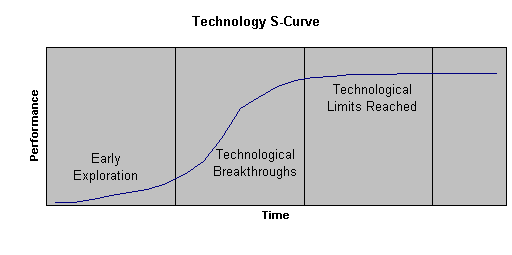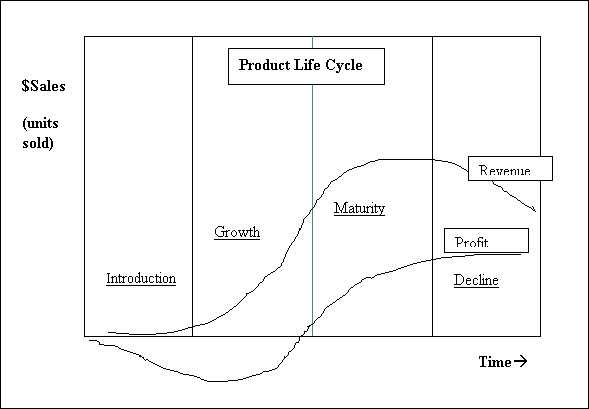
There are countless examples of firms which rise to technological stardom and are the envy of their peers only to find themselves, a few years or perhaps even a few months later, lagging behind their competitors and struggling to maintain their market share. Two Canadian companies, AES Data, the firm which invented the word processor, and Mitel Corporation, a leader in telephone PBX systems and once a darling of Bay Street, are both examples of innovative companies which failed to produce the encore commanded by their markets. Even more mature organisations have found themselves in a similar situation. In 1981 AM International lost $245 million when it tried to replace its electromechanical products with electronic ones. RCA and GE are often cited as examples of technological leaders (vacuum tubes) who lost out to new technologies (transistors).
Many firms gain their notoriety as a direct result of them being able to commercialise an innovation ahead of their competitors. Corporate and University spin-offs are usually formed by individuals who have the vision to see commercial opportunities for inventions and ideas. These companies often experience meteoric growth and enjoy excellent profit margins by being leaders in their particular markets. It is at this point, when they are the most profitable, that they should be committing to new product development. Once their original products reach fruition, they forget that it was their ability to bridge the gap between invention and innovation which caused their success. They begin to focus too heavily on product refinements and improvements and market needs while ignoring new technological developments.
Technology managers are charged with the task of engaging the firm in the pursuit of new, unknown, and unproven exploration - the modern day equivalent of resource exploration (e.g. oil & mining). Without such explorative efforts, there would never exist the pool of inventions on which the technological entrepreneurs or product managers could draw on to satisfy market driven needs. Smaller companies typically lack the resources required to engage in such "sandboxing" activities. Hence, it is essential that they participate in an indirect manner, e.g. joint ventures, university connections, consortia, etc. to achieve the same end. Even the IBMs, who can make a major commitment to pure research, develop relationships with others so as to avoid the incestuous, not-invented-here trap (witness IBM's investments in Intel, Rolm, and the recently announced Cray spin-off).

Each new product that eventually results from research and invention
undergoes a "Life Cycle". The Product Life Cycle is a favorite marketing
textbook topic. New products typically undergo an introductory stage, during
which they produce no net profits, followed by a mature stage at which
profits are greatest, and then they go through a declining stage, and reduced
profits before they eventually become superceded. Good product management
dictates that the firm has several products in its portfolio, each at
a different stage in its life cycle. Hence, when the various life cycles
are aggregated, the firm will enjoy stable profitability rather than the
roller-coaster profit picture often represented by firms with only one
or two products under management.

The tie-in between marketing and research is essential. Marketing executives must understand product life cycles and the need to bring new technologies from the research lab to the market. Research executives must understand S-curves and be able to shift to new technologies in a timely fashion.
Copyright ©1988, ©1995, 2007All Rights Reserved, M.C.Volker.
|
Minor corrections - 25Nov07.